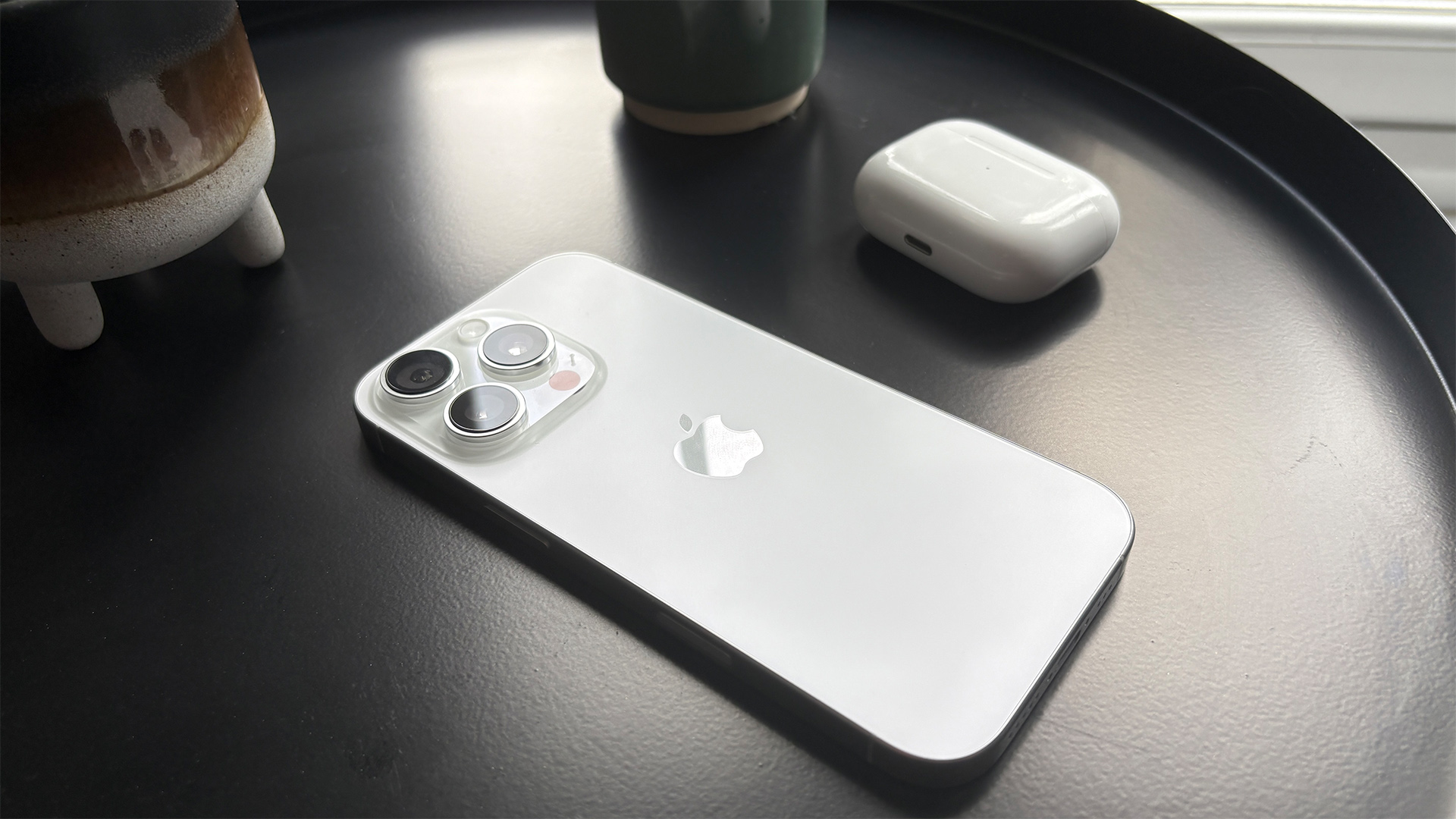What Hi-Fi? Verdict
The 3rd Generation Fire TV Stick is a capable video streamer, but it drops at an awkward price point
Pros
- +
Strong app offering
- +
Improved UI
- +
Excellent HDR performance
Cons
- -
SDR picture could be more subtle
- -
4K model only costs a little more
Why you can trust What Hi-Fi?
What’s grey and sticky? Why the Amazon Fire TV Stick (3rd Generation), of course. Despite looking like just another streaming stick, this third version is the first of Amazon’s media streaming devices to feature the company’s all-new Fire TV Experience user interface, which is intended as a game-changer for streaming service integration.
The Amazon Fire TV Stick (3rd Generation) replaces the 2nd generation of the device that was once called the Amazon Fire TV Stick with Alexa Voice Remote. Back in those simpler days, the first-gen model didn’t have voice control.
Since then, Amazon has added several more branches to the Fire TV Stick family tree. Higher up that tree is the Amazon Fire TV Stick 4K (launched in 2018) and last year's newcomer the Fire TV Stick 4K Max. Below it, there’s now budget streamer the Amazon Fire TV Stick Lite.
Pricing
The Amazon Fire TV Stick (3rd Generation) costs £40 / $40 / AU$79 at the time of writing. That’s £10 / $10 / AU$20 cheaper than the Amazon Fire TV Stick 4K and £15 / $15 / AU$20 less than the flagship Amazon Fire TV Stick 4K Max, both of which have the added benefit of 4K content.
It’s also £10 / $10 / AU$20 more expensive than the simultaneously released Amazon Fire TV Stick Lite, which lacks TV volume control and can only pass-through Dolby Atmos, rather than decode it.
Somewhat confusingly, you'll find the Amazon Fire TV Stick (3rd Generation) listed as the '2020 release' in the UK, but the '2021 release' in the US and Australia.
Features
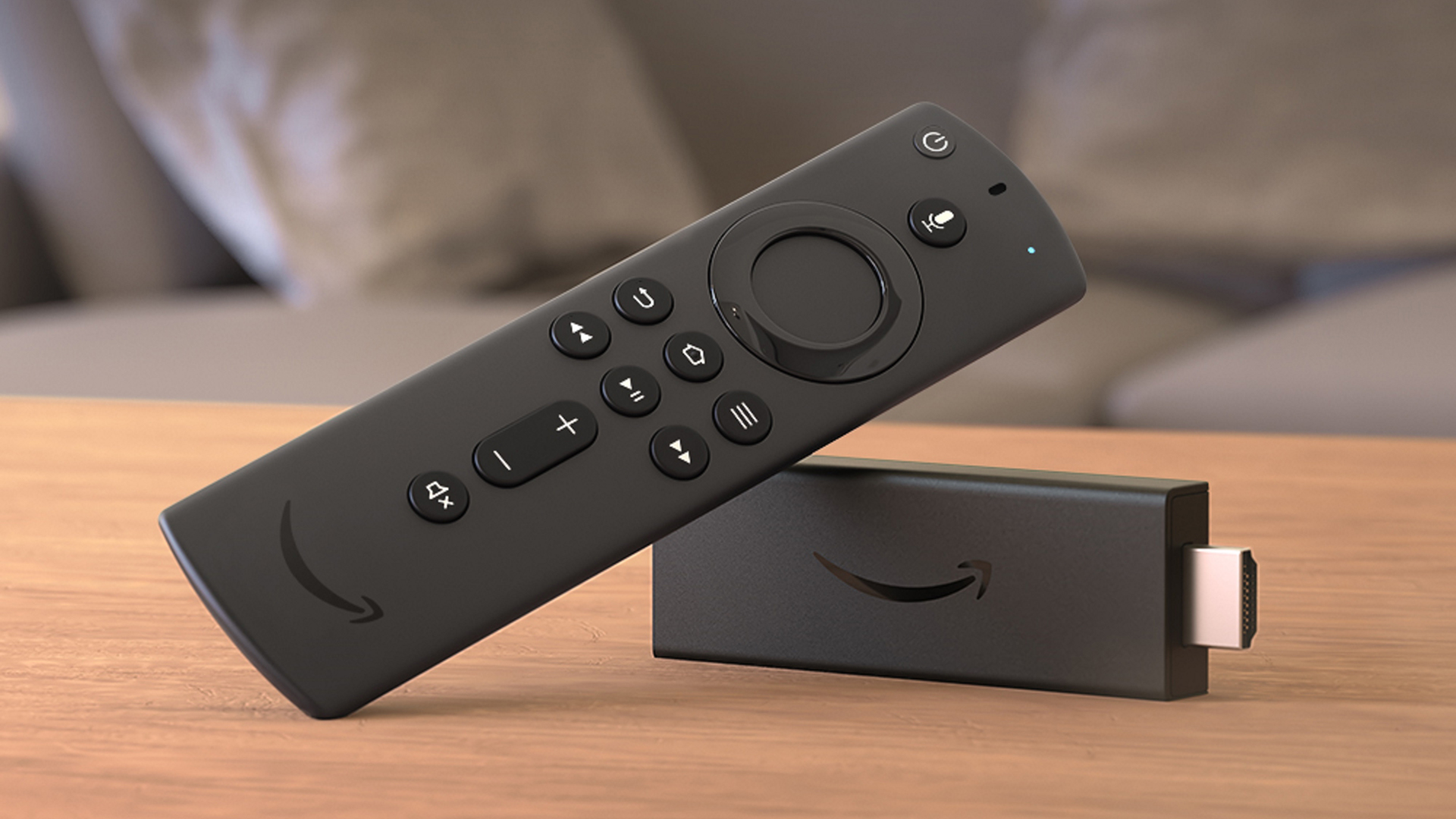
From a design perspective, the Fire TV Stick (3rd Gen) is hardly a departure for Amazon. It’s a gunmetal grey rectangular prism with an HDMI plug on the end and a micro-USB power socket halfway up one side. There’s a good chance that the power cable or simply the stick's girth will get in the way of your TV’s other HDMI sockets, so, as ever, Amazon has included an HDMI extender to take your stick clear of the rest of the ports.
The Stick itself is a little shorter than the 4K model but houses the same 1.7GHz quad-core chip. Bluetooth 5.0 and BLE are onboard for pairing with Bluetooth speakers, headphones or video game controllers, and there’s the standard 8GB of internal storage for your app collection.
The included remote is as handy and compact as ever. It’s the same second-generation Fire TV remote that comes with the 4K Stick. There are volume buttons that will work for your TV, playback controls and general navigation, plus a button at the top that turns the remote into an Alexa microphone for voice search.
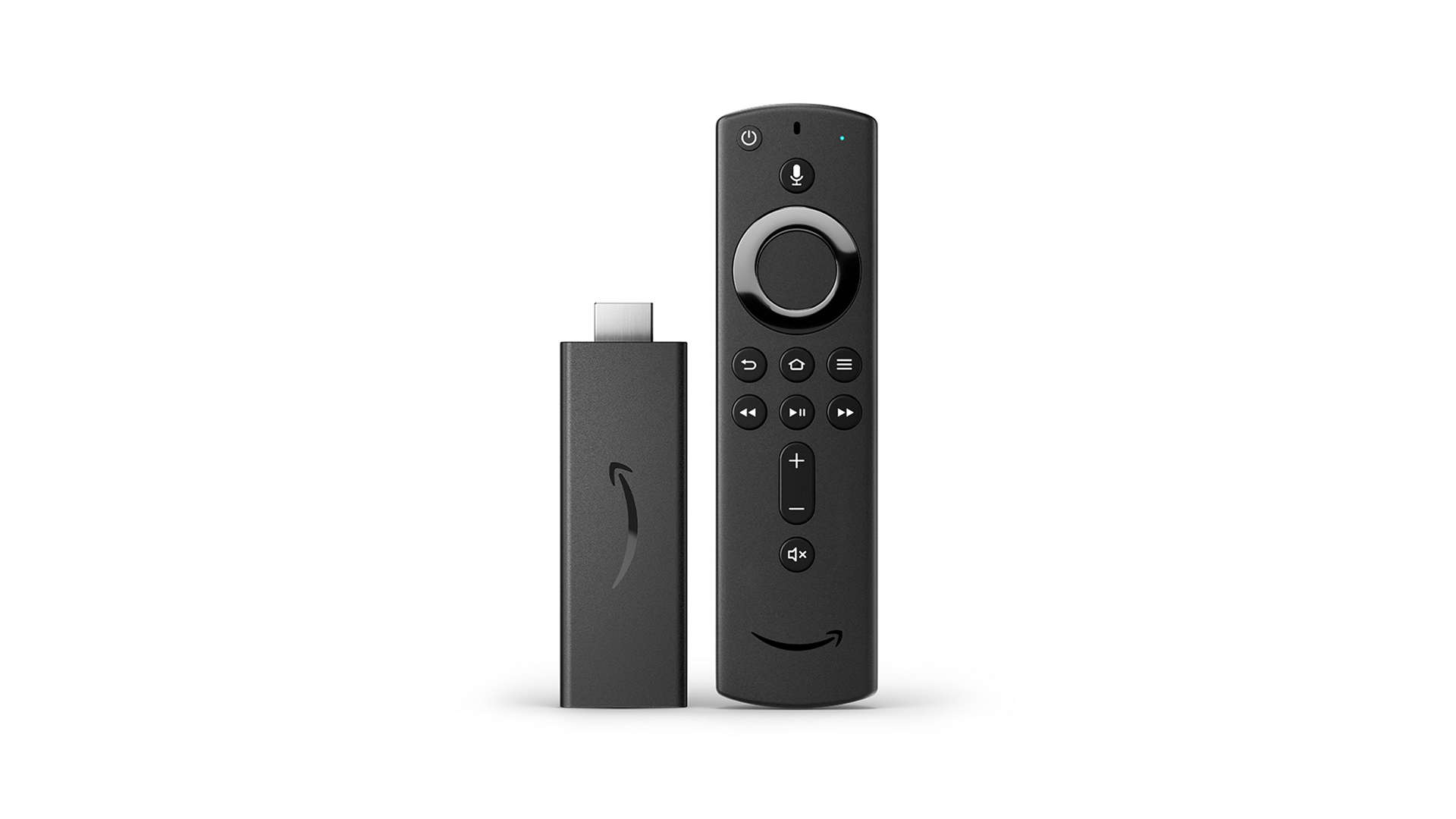
Bluetooth version 5.0
HDR support HDR10, HDR10+, HLG
Max resolution 1080p
Dolby Atmos Yes
Storage 8GB
Finishes x1
Dimensions (hwd) 13 x 30 x 86mm
Weight 32g
Those looking for 4K and Dolby Vision support will have to look elsewhere. The Amazon Fire TV Stick (3rd Generation) maxes out at 1080p HD, but can still process HDR metadata in the shape of HDR10, HLG and even Samsung’s HDR10+. Dolby Vision isn’t supported, though Dolby Atmos is.
The headline addition, though, is the updated Amazon Fire TV Experience. The reimagined UI design pares everything down to four main screens, Home, Find, Library and Live, for a more holistic approach to your entertainment. The platform pulls in content from other streaming services, including Netflix, Disney+ and iPlayer, and sits those suggestions alongside TV and films available on Prime Video. The end result is less of a shop window for Amazon and a more useful quick hit of recommendations from across the board instead.
It’s pretty well done too. The top row on the Home page is itself a mixture of content from your subscriptions, followed by lines of film and TV suggestions dedicated to what’s on specific services such as Netflix and iPlayer. It’s certainly an improvement on the previous iteration of the Fire TV OS, but still isn’t a match for what Google has done with the Google TV UI on Chromecast.
That first row of content on the new Fire TV experience never seems to be as much of a mix as it could be. It tends to start with too big a burst from a single source, whether that’s a few screens of animated Disney content or a slew of Amazon Originals. It’s also still too Prime Video-heavy as we scroll down the page with the rows dedicated to other services swamped by too much of what’s on Amazon.
The ‘Find’ section of the experience is far better, as it seems to give a more balanced approach, as well as plenty of handy suggestions of genres and sub-genres to drill down into. Fancy comedy horrors, action dramas or trending documentaries? This is the place to look.
If you have the right to watch a piece of content for free, the Fire TV OS will let you know. It also directs you to free versions on apps you might not already own, including those available through free trials. The only thing to watch out for is that the UI still encourages you to buy and rent 4K content, even if the Stick won’t allow you to play it back at UHD resolution.
Like all current Fire TV devices, Alexa is along for the ride and makes an easy way to navigate around the OS. The addition of six user profiles per household – each with its own preferences, apps, permissions, watchlists and settings – is also welcome.
All the major apps are present here, apart from Google Play Movies & TV and Rakuten. There’s HDR available on Netflix, Disney+, Prime Video and Apple TV, but there’s no Dolby Atmos material on Apple and no way of buying new content on Apple TV through the Fire Stick itself. You have to purchase or rent content via your computer or phone, at which point it will be available in the Apple TV library on the Stick.
Picture
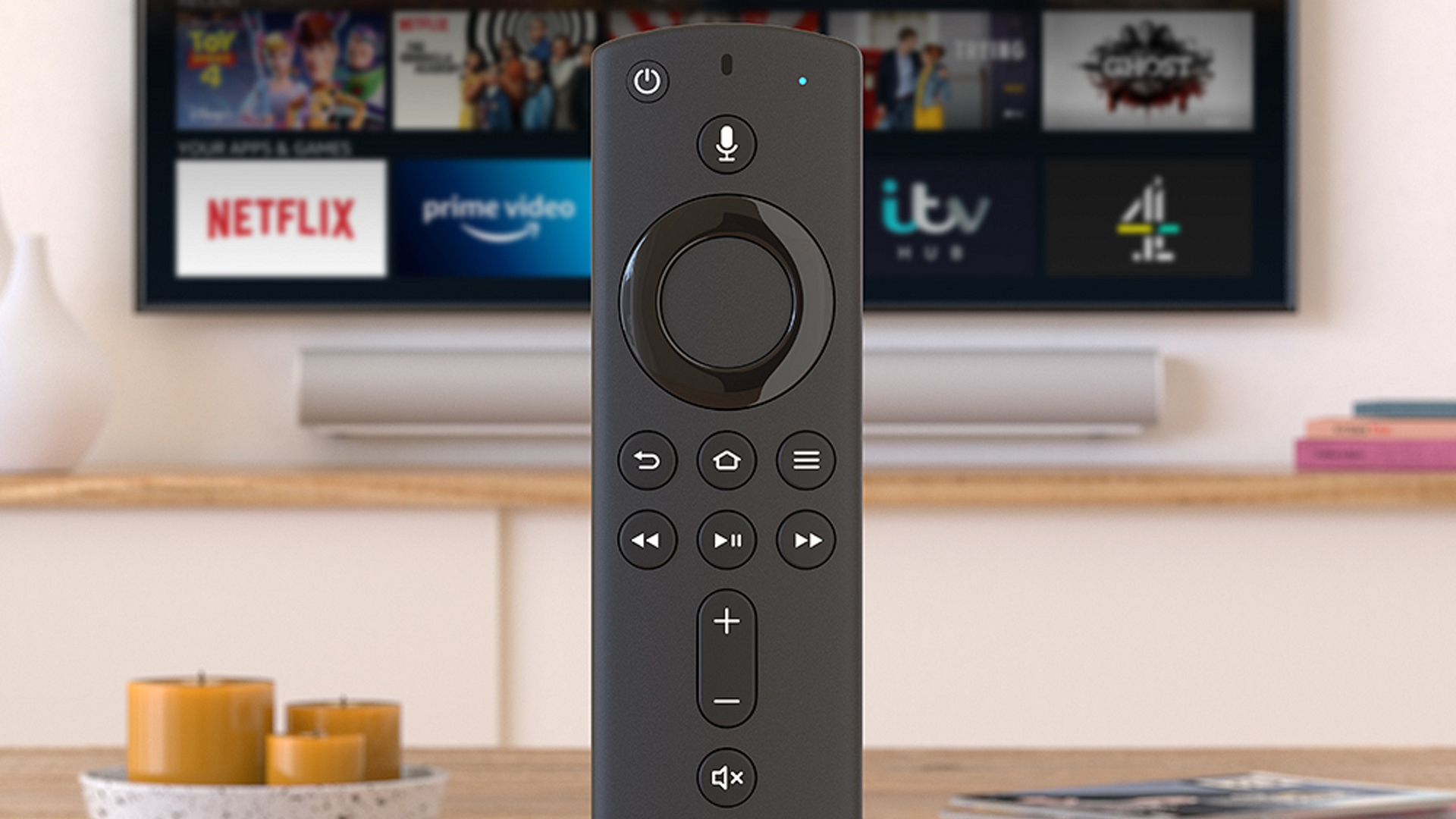
Heading straight to the HDR sections of the popular streaming services, we’re delighted to see that this Stick’s performance is excellent. Watching I Care A Lot on Prime Video in HDR, it’s easy to spot how well this device puts that tonal metadata to good use.
The bright scene outside the courthouse in the first episode is full of potential pitfalls. There are textures to render and different blacks to produce all while under the glare of the midday sun that bounces off the pale stone steps and floods the picture with a harsh white light. Despite all this, the Fire TV Stick copes admirably.
Even at the maximum-supported 1080p resolution, we get a decent sense of the stone-washed jeans of a bystander and the layers of clothing material on the black-clad Eiza Gonzalez. The sky is a searing blue and Rosamund Pike’s dress an expensive red, while the nearby trees remain a natural green. It’s an enjoyable picture with an easy-to-watch balance between dynamism and subtlety.
Dropping to SDR content is certainly a different experience, but the picture still pleases. It’s a punchy effort with a lot of brightness and big contrast, which helps to keep that sense of zeal to the on-screen action. Watching the sitcom Flowers on Netflix in Full HD, there’s plenty of impact as Mrs Flowers walks down her ramshackle garden to flirt badly with the tradesmen. What could be quite a flat, overcast sky has a bold, foreboding look and works as a fantastic foil to the dark brown, gnarled trees and the thick, overgrown grass. You can’t fail to get a sense of the way the story is going to play out.
That dynamic approach isn’t without its drawbacks, though. The focus on punch can leave detail fairly scant without the benefits of HDR. The faces of the characters sometimes come off a little too uniform, missing the same wealth of tone that is available from the Fire TV Stick 4K, given the same source material. The push for high contrast can overpower black depth and white detail too, unless you keep a careful eye on your TV settings. Again, that’s something the more expensive Stick has a better handle on.
Sound
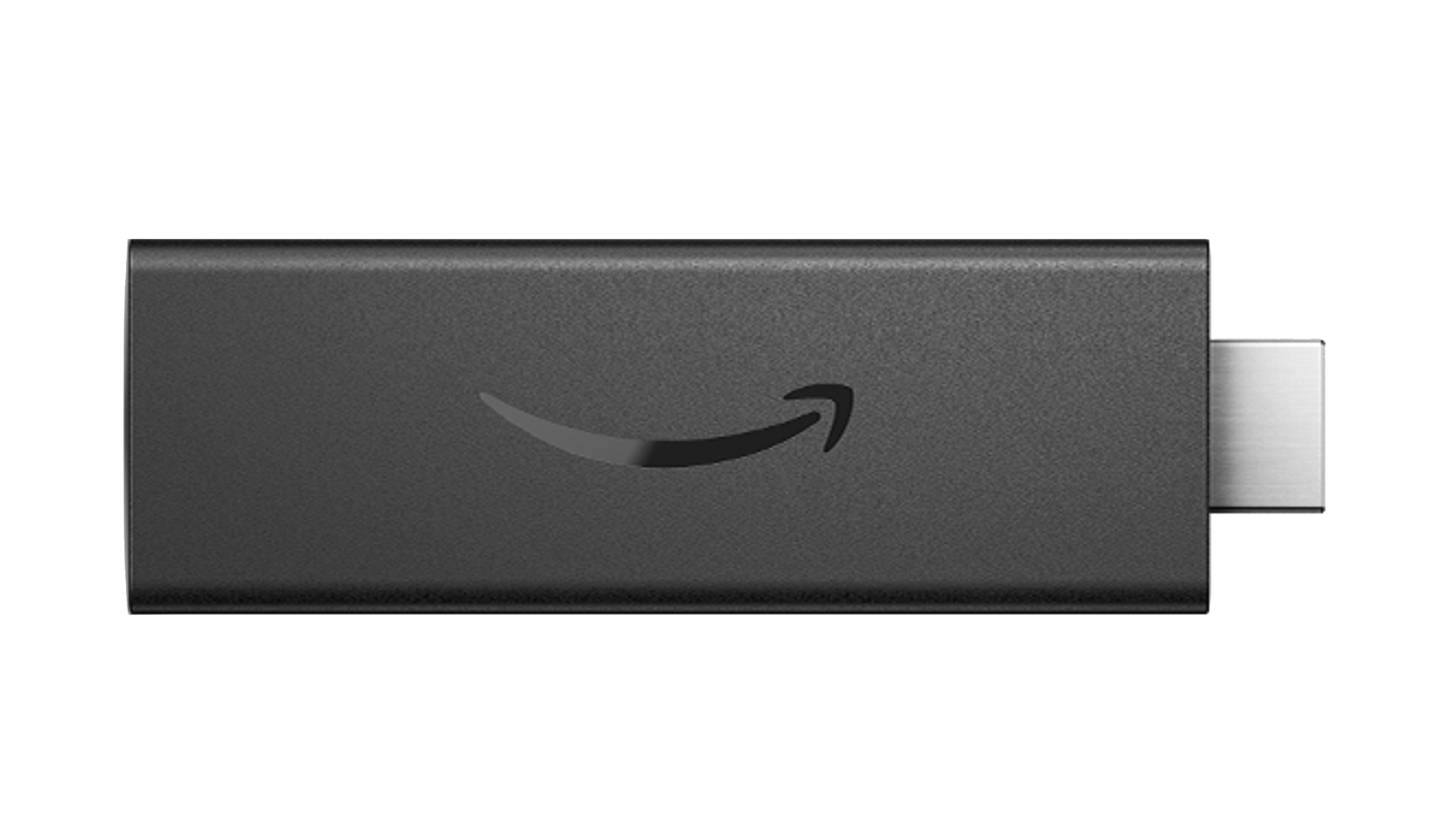
The differences in audio between the Fire TV Stick (3rd Generation) and the 4K model are far less marked than the picture performance. Their overall character is undeniably similar.
Listening to This is Me from The Greatest Showman soundtrack on Tidal, there’s a respectable sense of rhythm to the music in the build towards the first full chorus. The drum rolls are tight enough to pick out the individual beats of the sticks, the reverb on the guitar is clear and controlled, and all of the excellent diction on vocals is nicely clipped.
Switching to the cinema, we head to the freeway crash shoot-out at the beginning of Deadpool on Netflix with its wealth of surround sound action. The audio is just as spacious as we’d expect from a budget streaming stick. Ajax’s motorbike zips neatly from one side to another as he weaves his way through the traffic, and both the movement and detail of sound as the pin flies out from the hand grenade shows what an enjoyable experience this stick can deliver.
At the same time, the 4K model is just a touch better all over for sound. Dynamically, the more expensive model has a noticeable edge that is easy enough to pick up both with music and while watching video content. It’s also a little crisper, which gives it a shade more energy.
Playing This is Me via the third-gen Stick, there isn’t quite the same thrill as the chorus reaches its crescendo. The equivalent for Deadpool is a slight loss of dimension to the sound effects. The bullets are a little less impactful than through the 4K Stick, and it’s noticeable in more incidental noises, such as the opening of the electric car door window before the eponymous hero pops his head out to address the bad guys. There isn’t quite that same satisfaction to its clunk as the glass reaches its limits.
Verdict
The third generation of the original Amazon Fire TV Stick offers the kind of solid performance we’ve come to expect from the stick family. It also features all of the most important apps and comes with an all-new interface that offers owners a genuine solution to the problem of what to watch next at short notice. HDR viewing is excellent and it’s hard to ask for much more sonically.
The trouble is that more is actually available and for only a little extra. For just a few extra pounds or dollars, you can buy the 4K version of the Fire Stick, which is slightly better performing with the same content and offers all of that 4K future-proofing too. And that leaves our third-generation model, although good, in a slightly sticky spot.
SCORES
- Picture 4
- Sound 4
- Features 5
MORE:
Read our guide to the best media streamers
Read our Amazon Fire TV Stick 4K review
Amazon Fire TV vs Roku: which is better?
Check out the best streaming services for TV and movies
Read all our Amazon Fire device reviews
What Hi-Fi?, founded in 1976, is the world's leading independent guide to buying and owning hi-fi and home entertainment products. Our comprehensive tests help you buy the very best for your money, with our advice sections giving you step-by-step information on how to get even more from your music and movies. Everything is tested by our dedicated team of in-house reviewers in our custom-built test rooms in London, Reading and Bath. Our coveted five-star rating and Awards are recognised all over the world as the ultimate seal of approval, so you can buy with absolute confidence.

